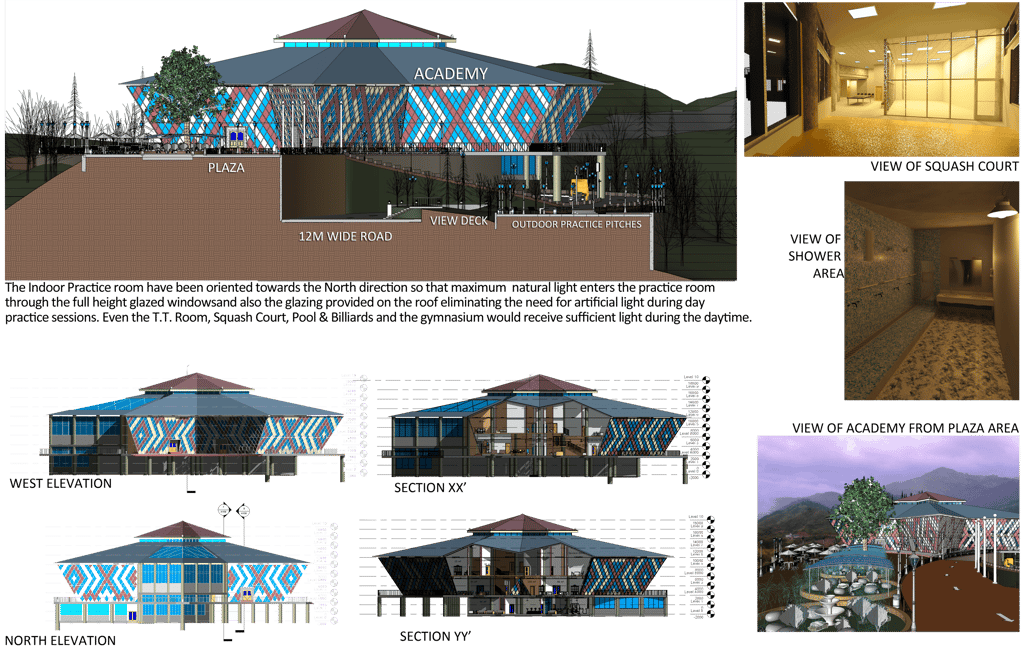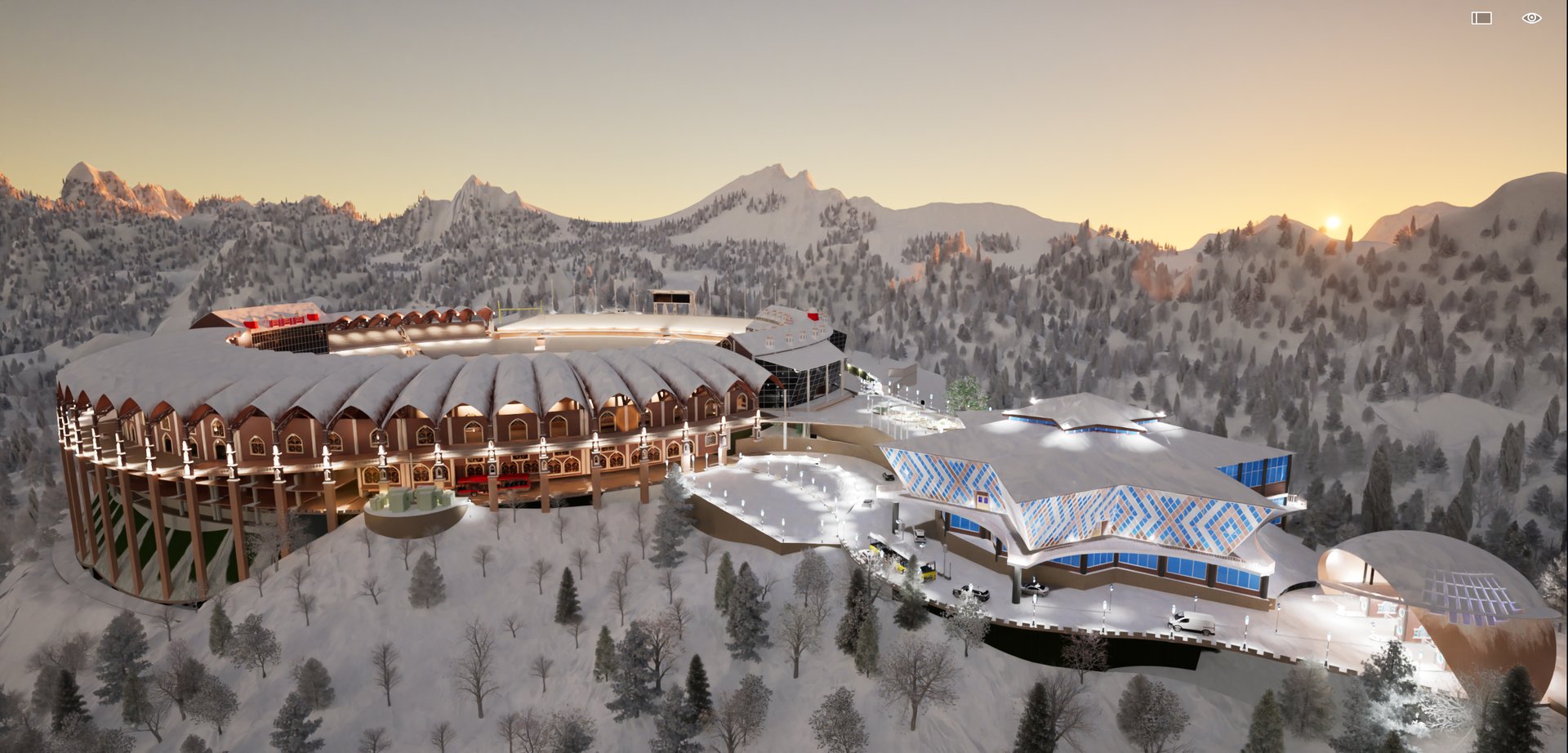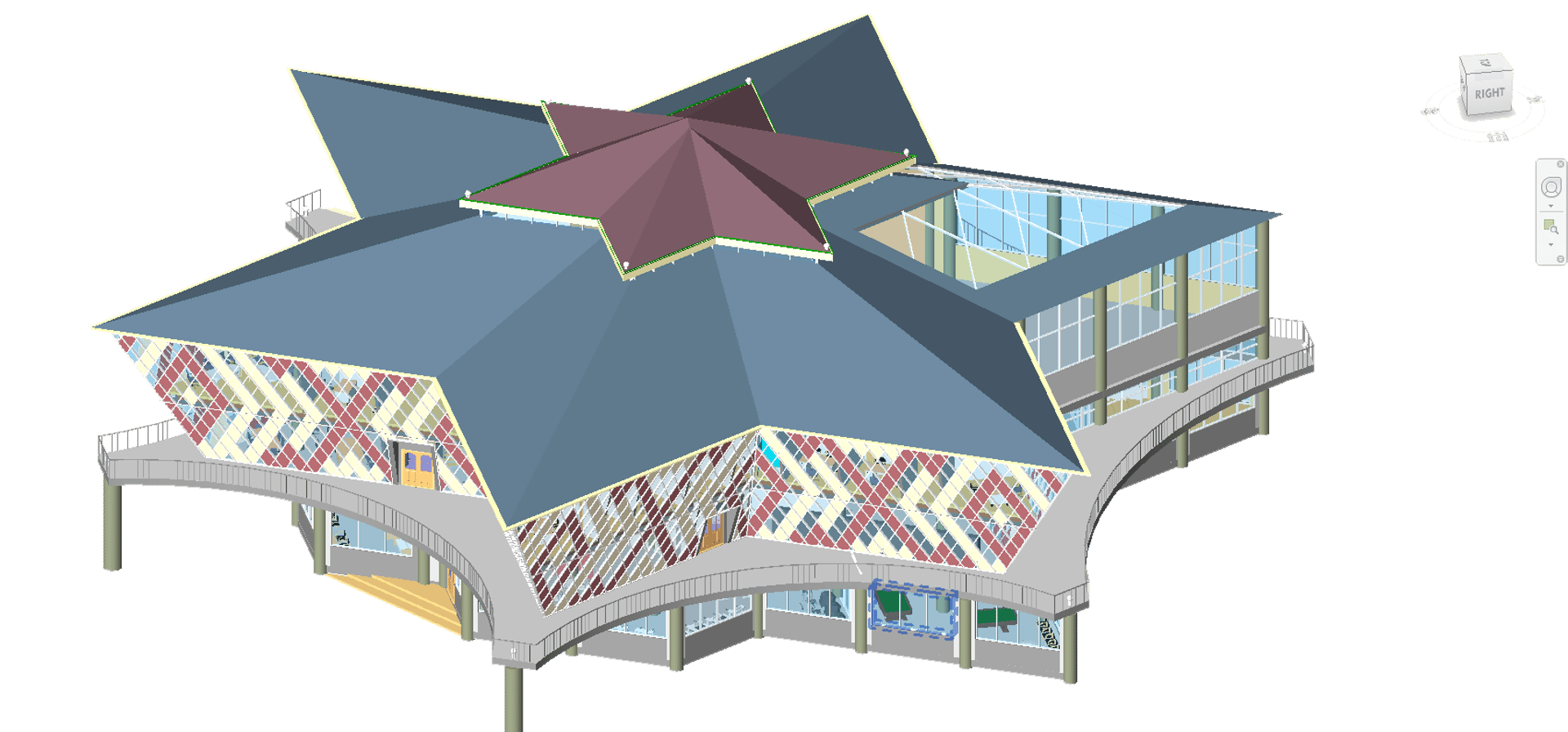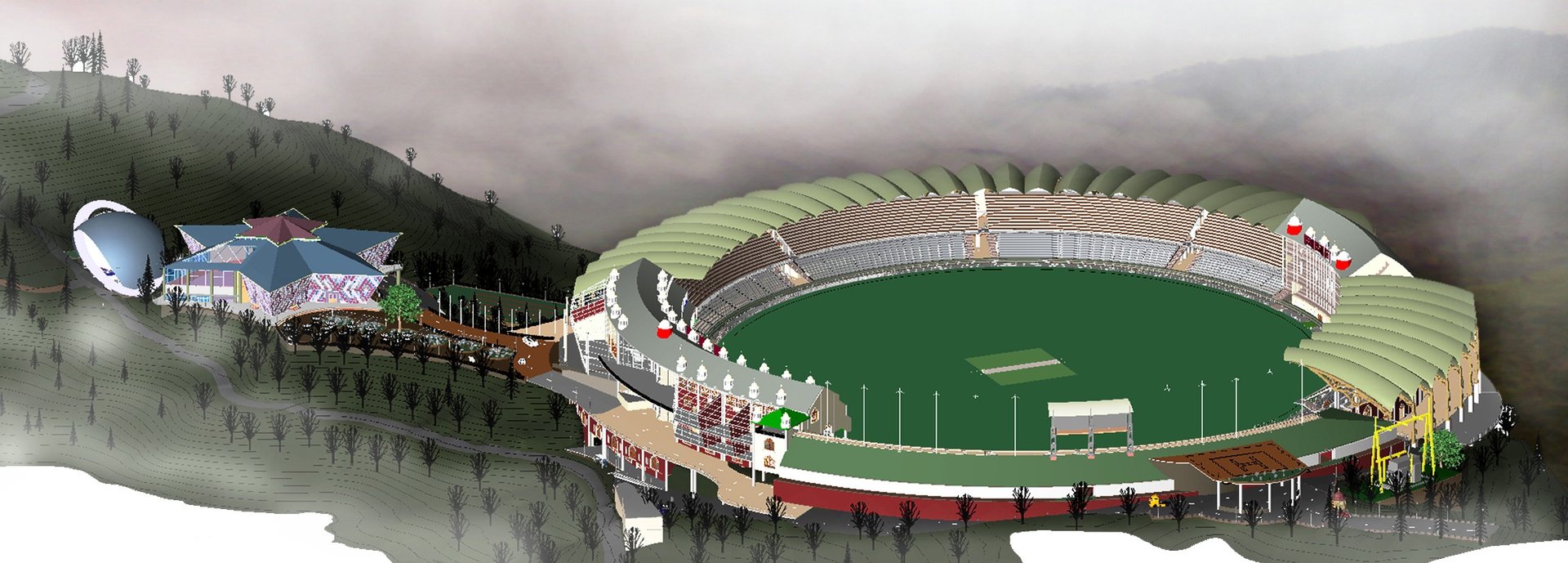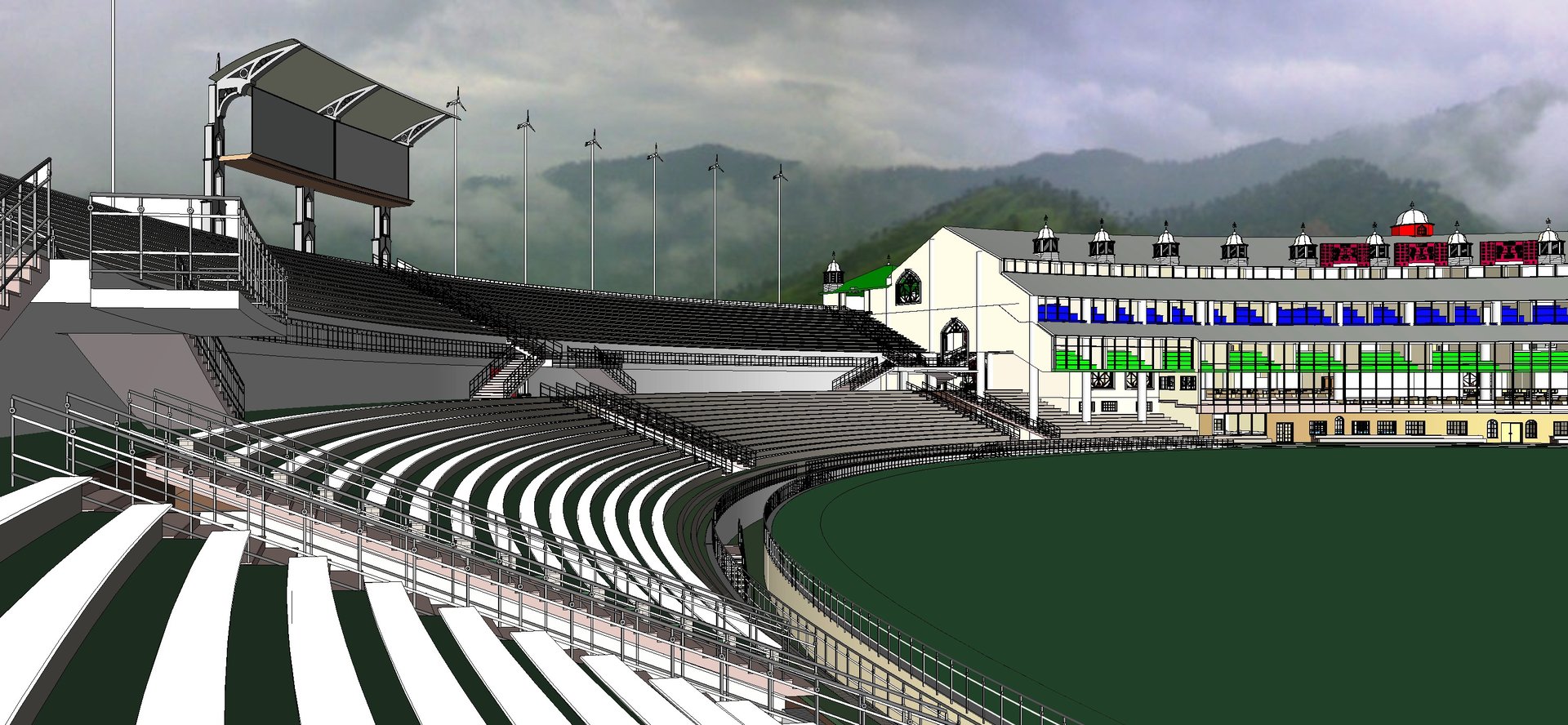"Stadium on Hill" Architectural

Thesis
Cricket is the second most popular outdoor sport in the world based on viewership and fan following. Originating in England, cricket has spread to all corners of the globe, primarily following the establishment of British colonies. This expansion has solidified cricket’s presence in regions such as the Indian subcontinent, Australia, New Zealand, South Africa, and the Caribbean.
In India, cricket is often regarded as the unofficial national game. It enjoys immense popularity among all age groups and is played across the country, from urban playgrounds to rural fields. Despite its celebrated status, India’s existing cricket infrastructure is inadequate to meet the sport’s growing demands. Recognizing this, the Himachal Pradesh Cricket Association has undertaken the construction of a cricket stadium in Shimla to better serve the local community. The complex will not only feature a stadium but will also include an academy, outdoor pitches, and a shopping arcade, catering to the diverse needs of cricket enthusiasts.
Different Forms of Cricket
introduction

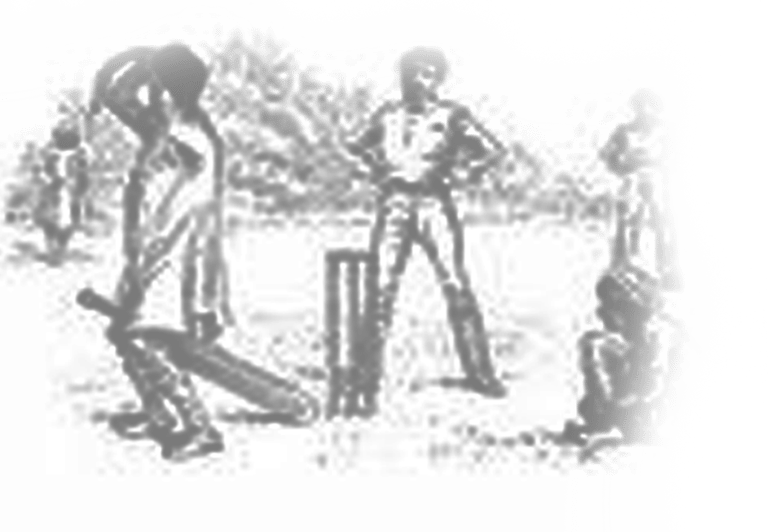

The city of Shimla, with a population of approximately one million, requires a cricket stadium along with supporting facilities to serve the local community. The nearest existing stadium is located in Chandigarh, a 4-hour drive (120 km) away. The new stadium, situated on Shimla's hilly terrain, will be thoughtfully planned and designed to harmonize with the site's natural contours. It will have a seating capacity of 30,000, comprising 85% general seating and 15% VIP seating.
Facilities
The stadium complex will be equipped with a comprehensive range of facilities to ensure the comfort and convenience of all users. These include
Player Facilities: Modern and fully equipped locker rooms, warm-up areas, and recovery spaces.
Press and Corporate Facilities: Dedicated areas for media coverage, press conferences, and corporate hospitality suites.
Medical Facilities: On-site medical centers and emergency services to address any health needs.
Recreational Facilities: Spaces for relaxation and leisure, enhancing the overall experience for visitors and staff.
Venue Spaces: Versatile areas for hosting events and functions beyond sporting events.
Media Facilities: State-of-the-art media centers to support broadcasting and journalism.
Administrative Facilities: Office spaces for managing stadium operations and events.
Miscellaneous Facilities: Additional amenities to support the diverse needs of spectators and staff.
Parking
To address the parking needs, the stadium includes 1,200 parking stalls spread across multiple underground levels. This underground parking is designed to efficiently manage traffic flow and provide easy access to the stadium, ensuring a smooth experience for all attendees. The north pavilion is connected with the regular bus service from the city and is the public transport node of the stadium complex.
The thoughtful integration of these elements within the stadium's design ensures a functional, user-friendly environment that caters to both the general public and VIPs, while respecting the natural topography of the site.
Project Requirements

Test Cricket: Traditional and the longest form, consisting of matches played over five days with unlimited overs. This format emphasizes endurance and strategy.
One-Day International Cricket (ODI): Matches are limited to 50 overs per side, combining elements of both endurance and strategy with a faster pace.
Twenty20 Cricket (T20): The shortest and most explosive format, with each side facing 20 overs. This form focuses on high-scoring, fast-paced action, appealing to a broad audience.
Club Cricket: Played at amateur levels, providing a platform for enthusiasts and aspiring cricketers to participate in competitive matches, often following the same formats as professional cricket but in a more localized setting.
Concept
The design of the stadium complex incorporates three central concepts:
CONSTELLATIONS ON EARTH
The architectural forms are inspired by celestial bodies: the stadium's shape is derived from the moon, the academy takes its form from a star, and the main entrance gate, known as Saturn Gate, resembles the planet Saturn. This thematic approach creates a visual narrative where, when viewed from NH-8, the complex appears as if planets and stars have descended to Earth.
Sustainability
Sustainability is integrated through various strategies:
Minimizing Cut and Fill: Earthworks are carefully managed to reduce excavation and fill, preserving the natural landscape.
Earthen Seating: The use of natural earth for seating areas minimizes material usage and integrates with the landscape.
Active Energy Generation: The complex harnesses solar and wind energy, with solar panels and wind turbines contributing to its energy needs.
Maximizing Daylighting: Building orientation and design optimize natural light, reducing the need for artificial lighting.
Reducing Energy Consumption: Efficient systems and materials are used to lower overall energy demands.
Groundwater Recharge: Systems are implemented to enhance groundwater recharge, promoting water sustainability.
Resilient Use of Facilities: The design ensures that the facilities are adaptable and resilient, capable of meeting future needs and challenges.

These concepts are meticulously woven into the design to create a complex that is not only visually captivating but also environmentally responsible and sustainable.
Gothic architecture
Gothic architecture serves as the foundational design language for the stadium, allowing it to seamlessly integrate with Shimla's existing architectural heritage. Key Gothic features include buttresses, which provide structural support for the roof and seating areas, as well as arched windows that enhance the aesthetic and functionality of the spaces. Archways are strategically incorporated to facilitate entry and exit from the stadium, reflecting traditional Gothic forms while ensuring modern efficiency and flow.
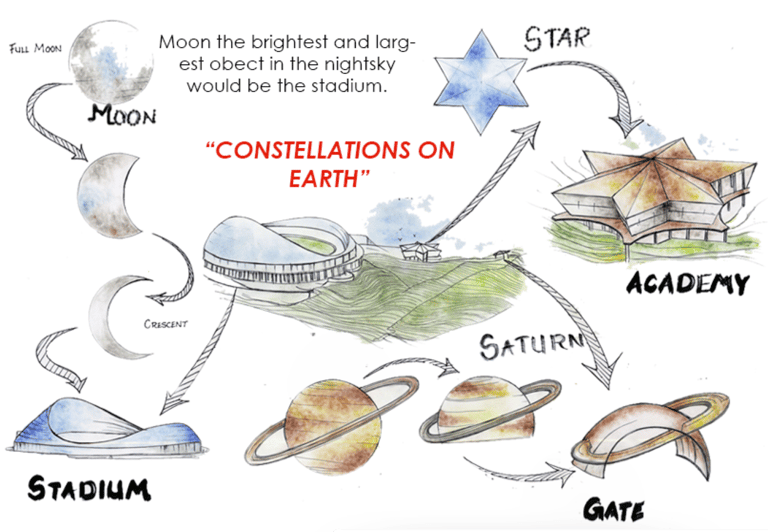

The stadium's conceptual form later changed due to intervention from the university thesis committee

SITE PLAN & PLANS



Multilevel Underground Parking
Upper Concourse Level Plan



SITE PLAN
Site Composite Plan
COMPOSITE FLOOR PLANS
OVERALL SITE PLAN
Concourse Level Plan
STADIUM FLOOR PLANS



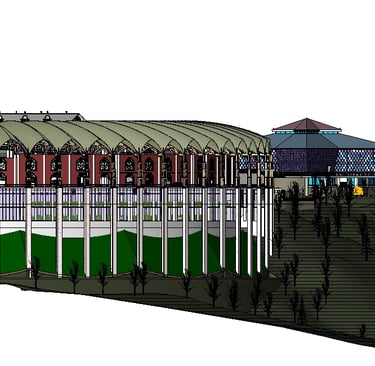

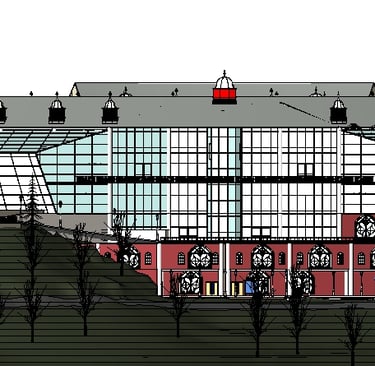






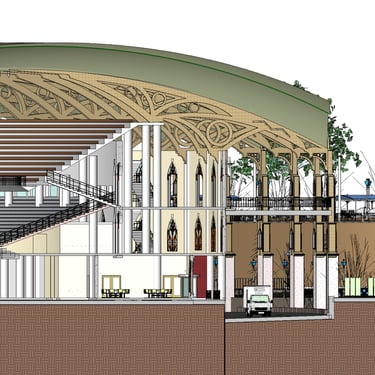
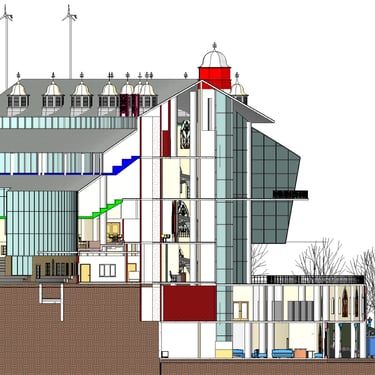
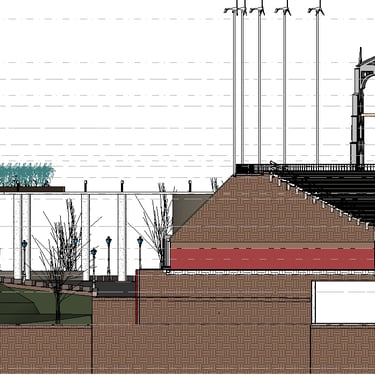
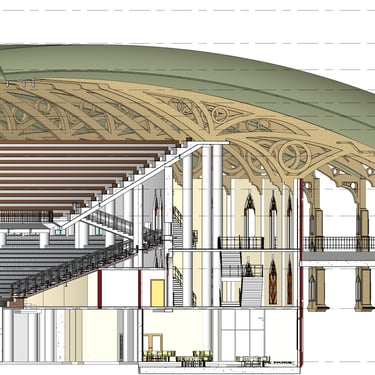
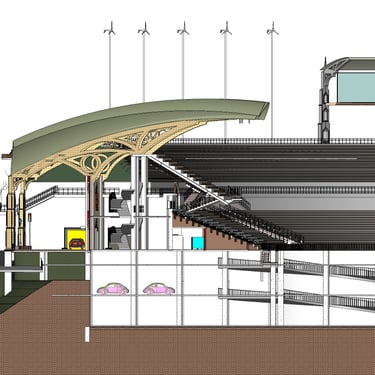
ELEVATION & SECTIONS

South Elevation of the stadium complex
North Elevation of the stadium complex
East Elevation of the stadium complex
Longitudinal section of the stadium complex through the North Pavilion and Academy
Longitudinal section of the stadium complex through the North and South pavilions
Longitudinal section of the stadium complex through the earthern seating and spectator seating
ENLARGED SECTIONS
SITE SECTIONS
SITE ELEVATIONS

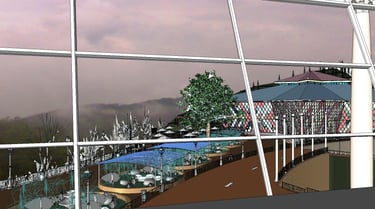
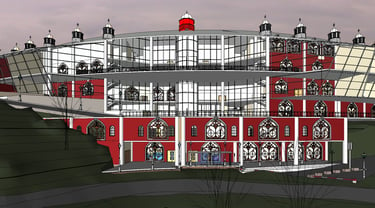

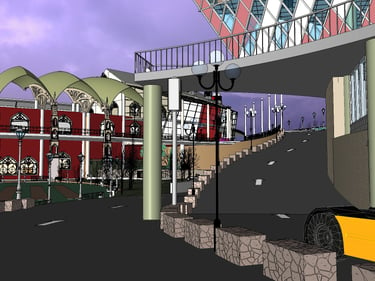
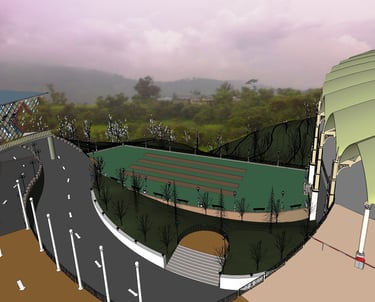
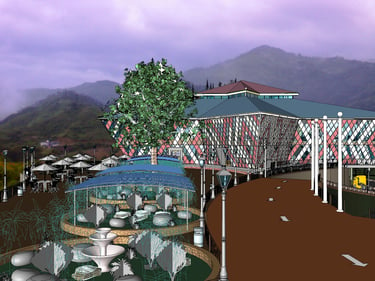
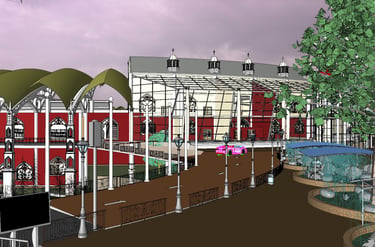
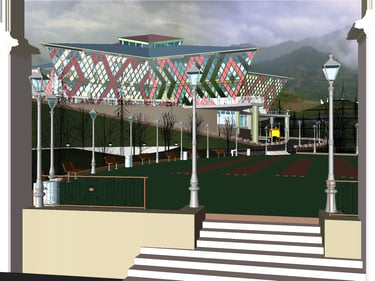









vIEWS


View of the complex from main entrance
Avenue and entrance areas
View of avenue and academy
Outdoor practice pitches
North Pavilion
sATURN gATE

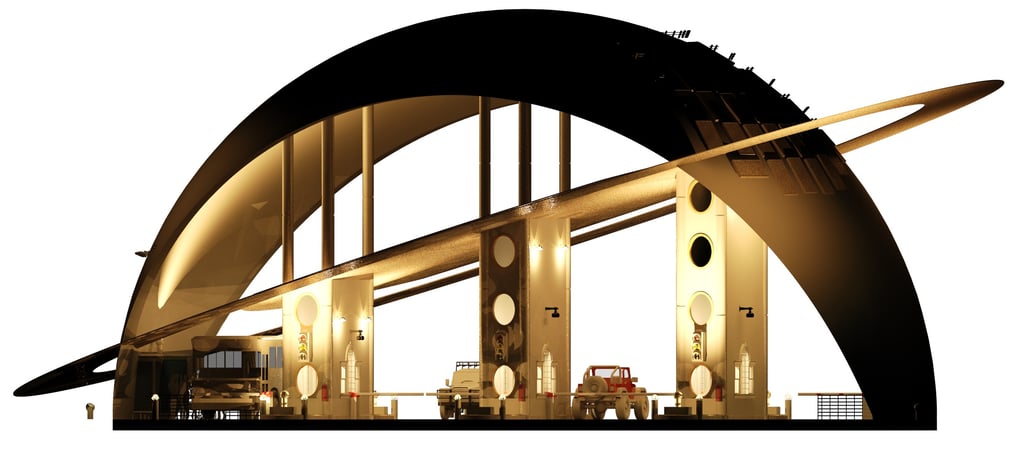

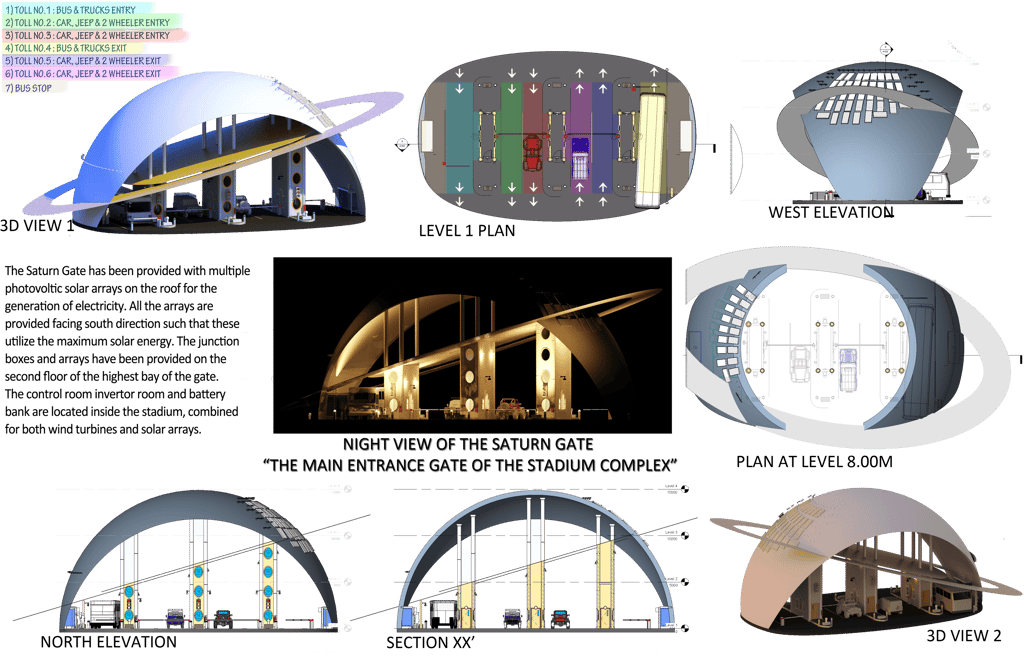

ACADEMY

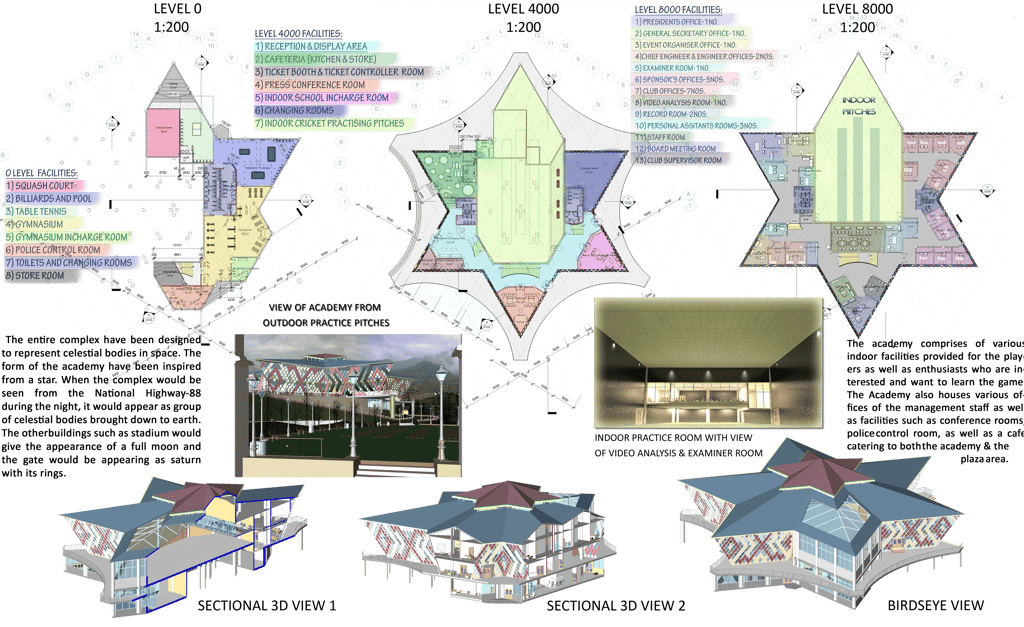

The inspiration behind one of the complex’s most distinctive entrances, “Saturn Gate,” was the intriguing planet Saturn. Reflecting this celestial theme, the Saturn Gate features six vehicular entrances and two pedestrian access points. Designed with sustainability in mind, the gate is self-sustaining in terms of energy requirements. Solar panels are installed on its roof, oriented towards the south to maximize solar energy absorption. This setup ensures that the gate not only serves as an entry point but also contributes to the complex's overall energy efficiency.
The academy's design is inspired by a star, symbolizing its role as a nurturing ground for future cricketers, much like stars give rise to planets and moons. This concept reflects the academy's mission to cultivate talent and illuminate the path for emerging cricketers.
